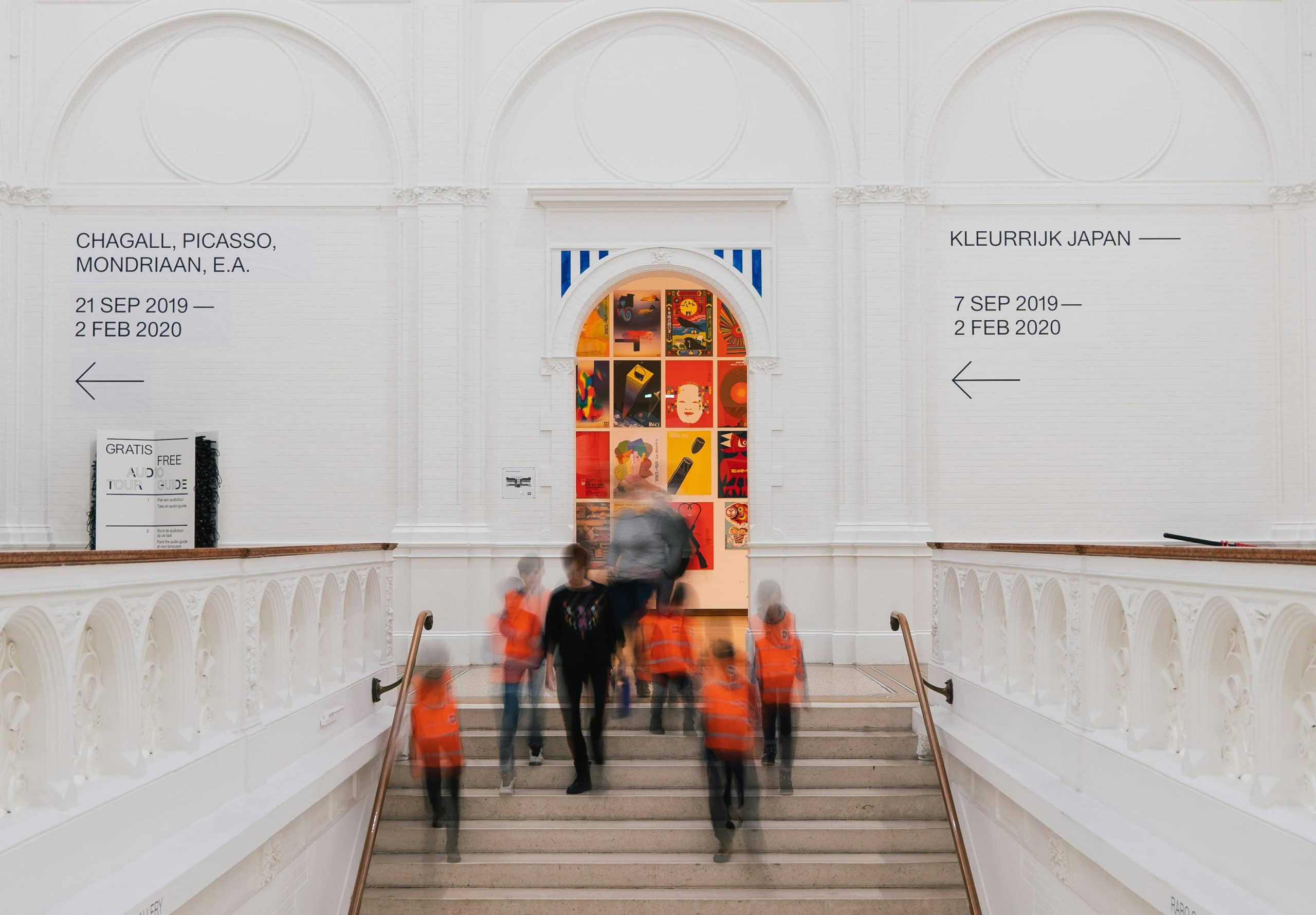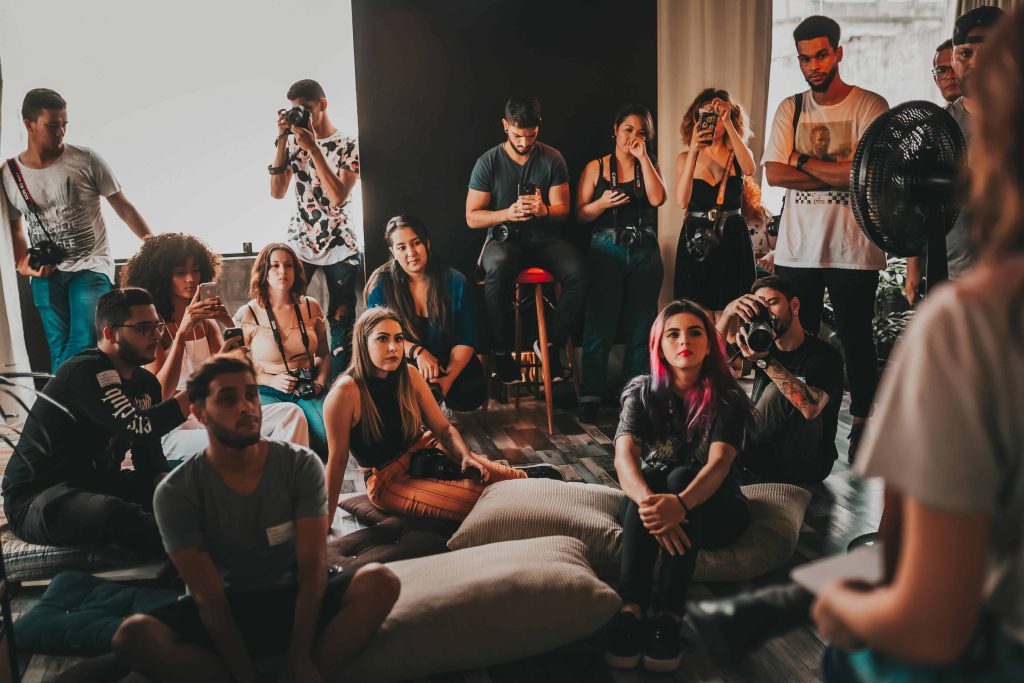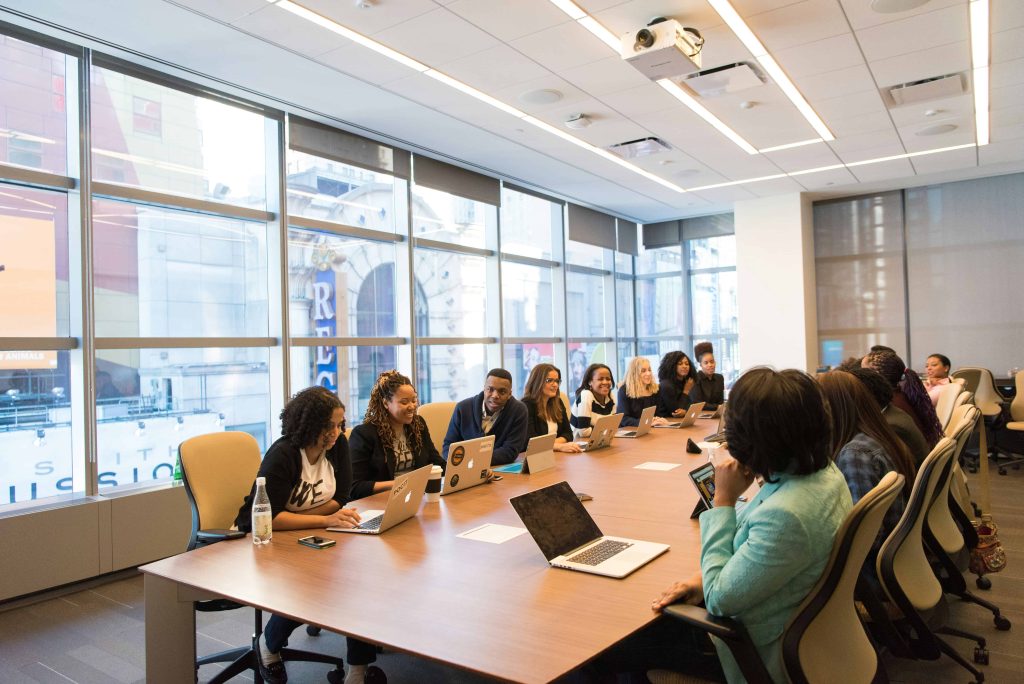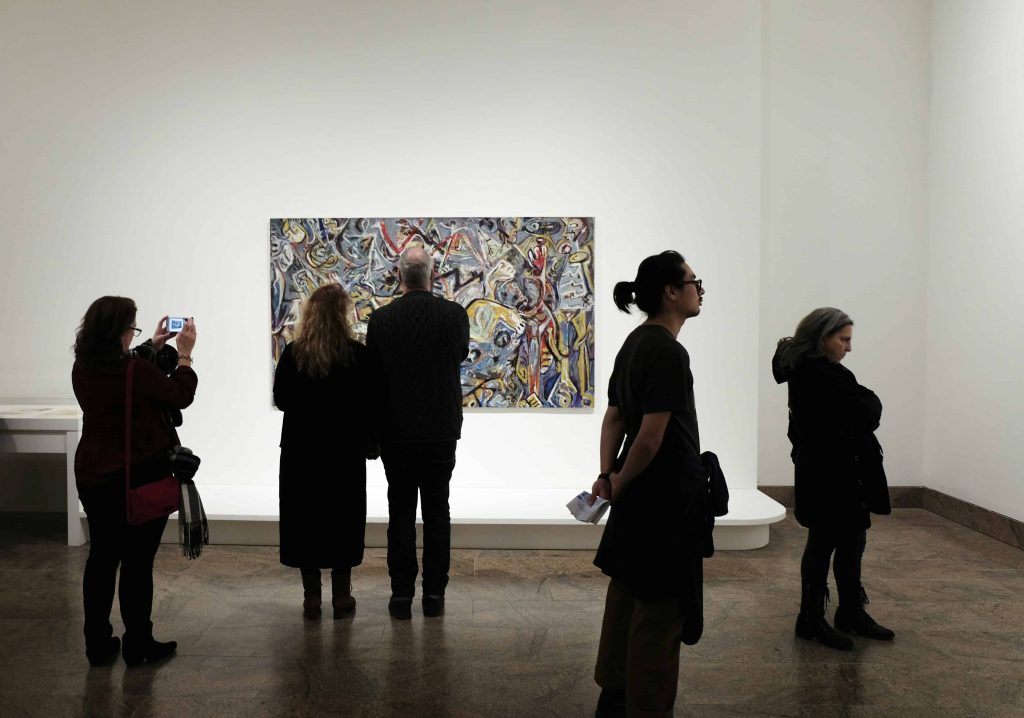
13 Sep Cultural Diversity in Art Community Engagement in 2024
Cultural Diversity in Art Community Engagement: Enriching Experiences and Strengthening Communities
In today’s interconnected world, the power of art to unite communities and celebrate diversity has never been more vital. Cultural diversity in the arts not only reflects the mosaic of human experiences but also plays a crucial role in fostering understanding, empathy, and inclusivity. This article delves into the significance of cultural diversity in art and its profound impact on community engagement, offering detailed insights and actionable strategies to enrich artistic experiences and strengthen bonds within communities.
Art serves as a universal language that transcends boundaries, capable of bridging divides and connecting people from diverse backgrounds. Through exhibitions, performances, and collaborative projects, art has the potential to bring communities together, spark dialogue, and foster a sense of belonging. At the heart of this unity lies cultural diversity, which infuses art with a myriad of perspectives, narratives, and expressions, enriching the tapestry of human creativity.

The Value of Cultural Diversity in Art
Representation and Identity
Art serves as a mirror reflecting the complexities of cultural identities, allowing individuals to see themselves represented in various forms. By embracing diverse stories and experiences, art validates and affirms the richness of cultural heritage, promoting a sense of pride and belonging among different communities. For instance, Indigenous art in Australia not only preserves traditional practices but also serves as a means of asserting cultural identity and reclaiming narratives that have been historically marginalized.
Innovation and Creativity
Cultural diversity fuels innovation by encouraging cross-cultural exchanges and collaborations. When artists from different backgrounds come together, they bring unique perspectives and techniques, giving rise to fresh artistic expressions and pushing the boundaries of creativity. The fusion of traditions and ideas creates a vibrant artistic landscape that captivates and inspires audiences worldwide. For example, the Harlem Renaissance in the early 20th century showcased the dynamic interplay of African American culture with broader artistic movements, resulting in groundbreaking literary, musical, and visual arts achievements.

Enhancing Community Engagement Through Cultural Diversity
Breaking Down Barriers
Art transcends language and cultural barriers, serving as a powerful tool for communication and understanding. By showcasing diverse artworks and narratives, art initiatives promote empathy and dialogue, foster connections among people from disparate backgrounds, and dismantle stereotypes and prejudices. For instance, community murals in urban neighborhoods provide a platform for residents to express their shared values and aspirations, fostering a sense of unity and pride in their cultural heritage.
Empowering Communities
Arts programs that embrace cultural diversity empower marginalized communities by amplifying their voices and experiences. Through storytelling, activism, and collective creation, individuals find a platform to express themselves authentically, fostering a sense of agency and solidarity within their communities. For example, community-based theater projects often involve participants from diverse backgrounds in the co-creation of performances that address social issues and celebrate cultural diversity, empowering participants to enact positive change in their communities.

Strategies for Fostering Cultural Diversity in Art Project
Collaboration and Partnerships
To promote cultural diversity in art, fostering collaborations with diverse artists and community organizations is essential. By embracing inclusivity and representation, art projects can reflect the richness of cultural diversity and ensure that diverse voices are heard and celebrated. Collaborative initiatives such as artist residencies, cross-cultural workshops, and joint exhibitions provide opportunities for artists to exchange ideas, collaborate on projects, and showcase their work to broader audiences, fostering mutual respect and appreciation for diverse cultural perspectives.
Accessible and Inclusive Programming
Creating accessible and inclusive programming is crucial for engaging diverse audiences and breaking down barriers to participation. By offering workshops, exhibitions, and performances that cater to diverse cultural interests and abilities, art organizations can expand their reach and make the arts more accessible to all. Strategies such as offering translation services, providing sensory-friendly accommodations, and partnering with community organizations to host events in accessible venues help ensure that individuals from diverse backgrounds can actively participate in and enjoy artistic experiences, fostering a sense of belonging and inclusivity within the community.

Conclusion
In conclusion, the exploration of cultural diversity within the realm of art community engagement reveals its profound impact on enriching experiences and strengthening bonds within communities. As art serves as a universal language, it possesses the unique ability to bridge divides and foster connections among individuals from diverse backgrounds. By embracing diverse narratives and perspectives, art validates cultural identities, fuels innovation, and empowers marginalized communities. Strategies such as fostering collaborations, creating accessible programming, and promoting inclusivity are essential for cultivating cultural diversity in art projects. Ultimately, by celebrating cultural diversity in the arts, we not only enrich our artistic landscape but also create spaces that promote understanding, empathy, and unity within our communities, thereby contributing to a more inclusive and harmonious society.
Key Takeaways
- Cultural Diversity Enriches Art and Community: Cultural diversity in art enhances artistic experiences and strengthens community bonds by reflecting diverse perspectives, narratives, and expressions.
- Value of Cultural Diversity: Cultural diversity in art validates and affirms cultural identities, fosters innovation and creativity, and promotes a sense of pride and belonging among different communities.
- Enhancing Community Engagement: Cultural diversity in art initiatives breaks down barriers, promotes empathy and dialogue, empowers marginalized communities, and fosters connections among individuals from diverse backgrounds.
- Strategies for Fostering Cultural Diversity: Collaboration and partnerships with diverse artists and organizations, along with accessible and inclusive programming, are essential for promoting cultural diversity in art projects.
- Conclusion: Celebrating cultural diversity in the arts not only enriches the artistic landscape but also creates inclusive spaces that promote understanding, empathy, and unity within communities, contributing to a more harmonious society.
FAQs
Why is cultural diversity important in art community engagement?
Cultural diversity is crucial to art community engagement as it enriches artistic experiences, fosters understanding, and fuels innovation. By bringing forth diverse perspectives and narratives, it enhances creativity, promotes inclusivity, and validates cultural identities.
How does cultural diversity enhance community engagement through art?
Cultural diversity enhances community engagement through art by breaking down barriers and empowering marginalized communities. It promotes empathy, dialogue, and connections among people from diverse backgrounds, while initiatives like community murals and theater projects provide platforms for authentic expression and positive social change.
What strategies foster cultural diversity in art projects?
Fostering collaboration with diverse artists and organizations and creating accessible, inclusive programming are key strategies. Collaborative initiatives such as artist residencies and cross-cultural workshops provide opportunities for exchange and mutual appreciation, while offering translation services and sensory-friendly accommodations ensure broader participation and a sense of belonging within the community.
Uncover the secrets behind the seamless transition from gallery walls to computer screens as we unveil the behind-the-scenes magic of virtual art exhibition curation.

